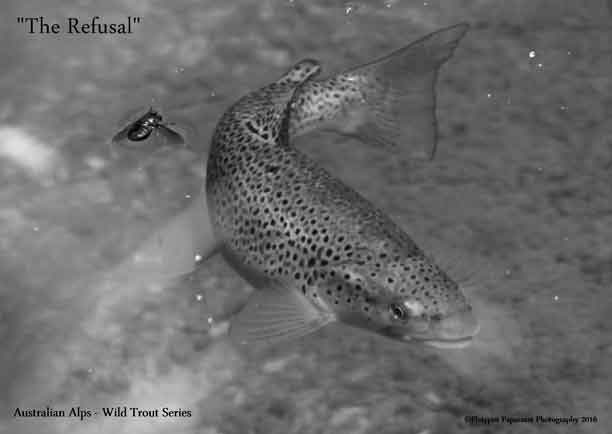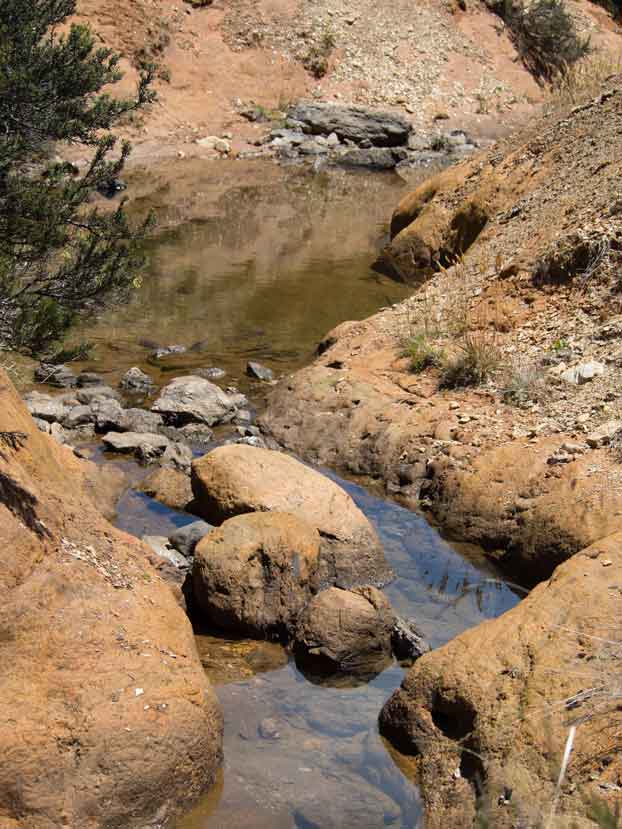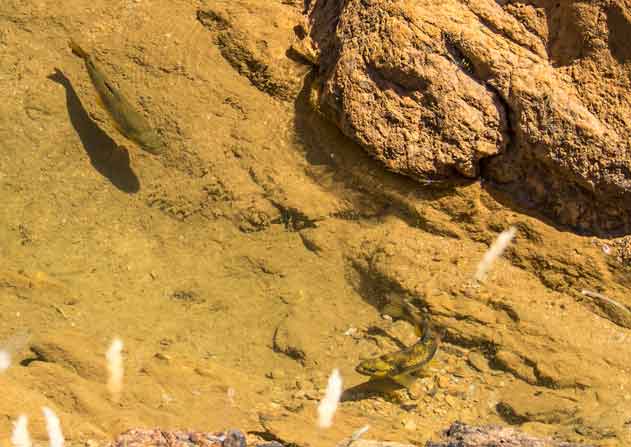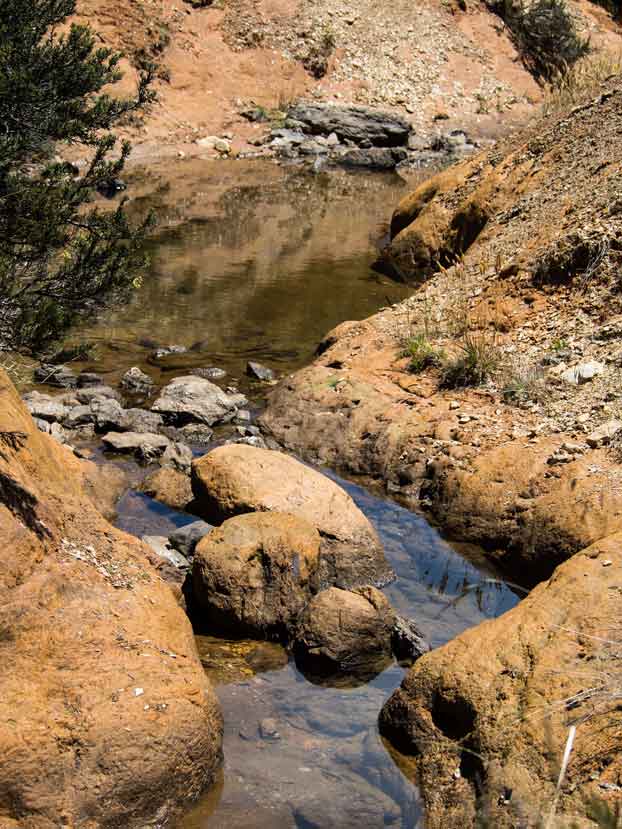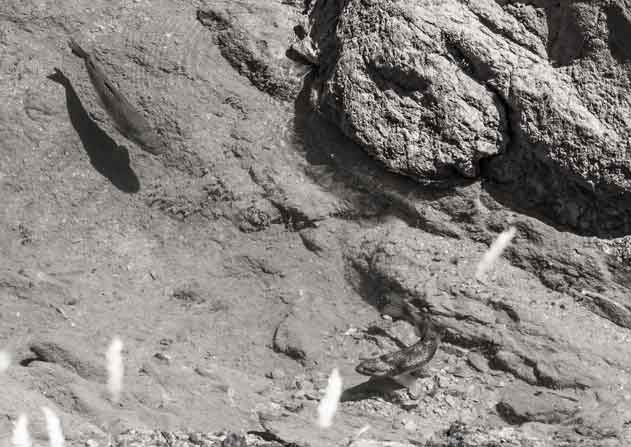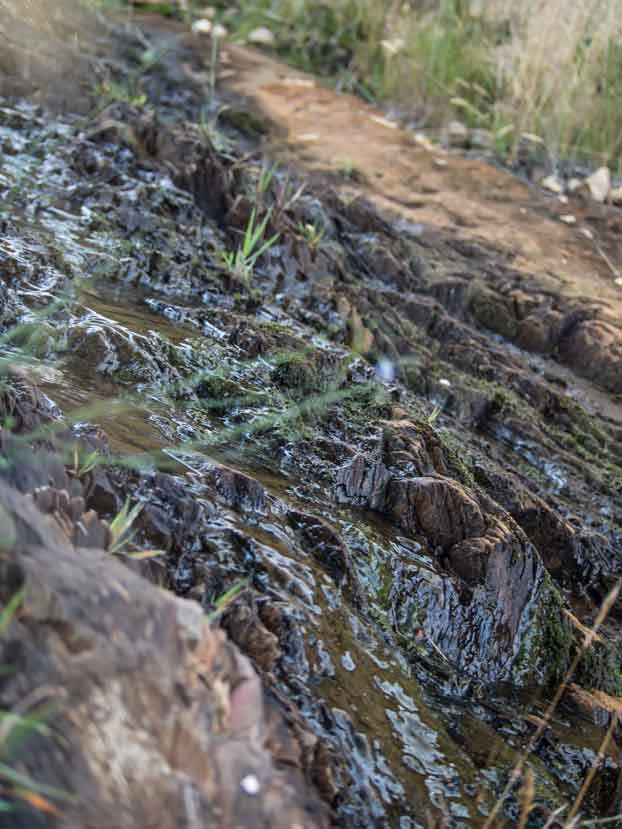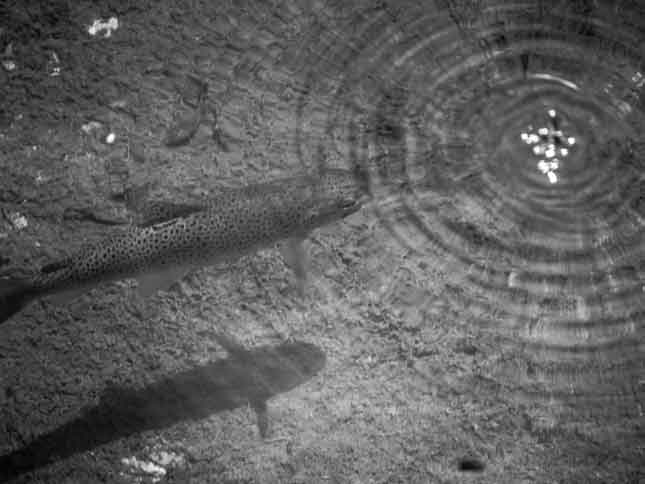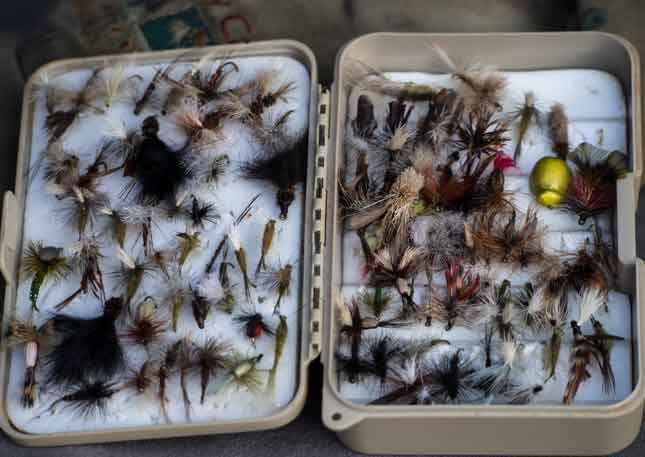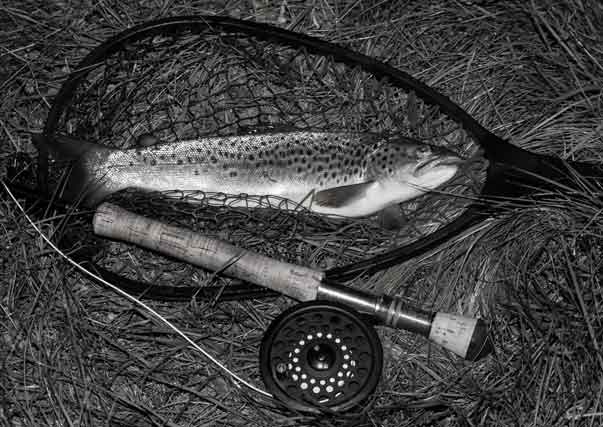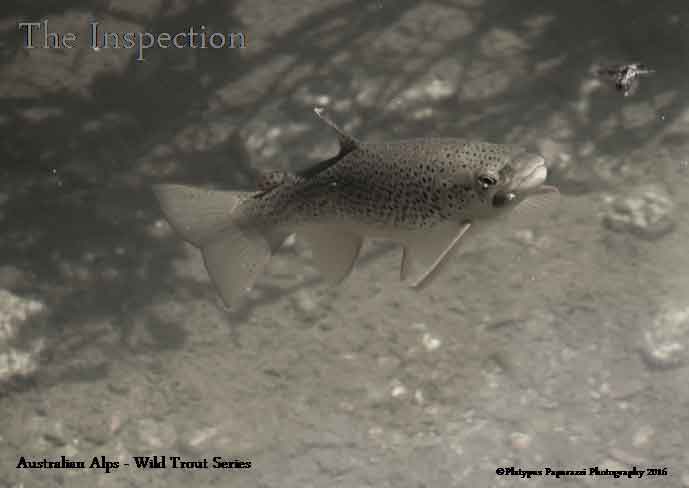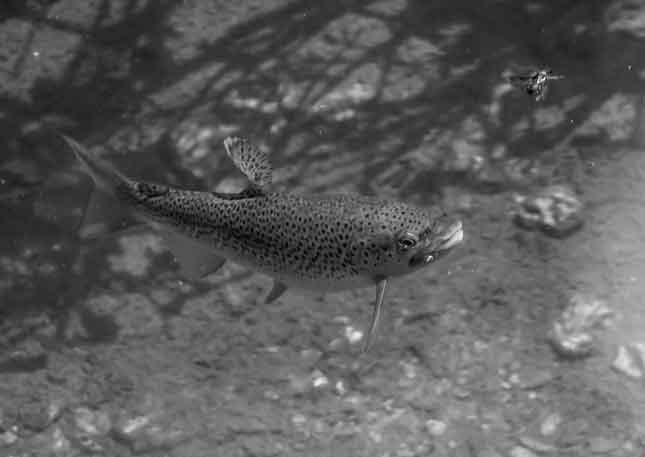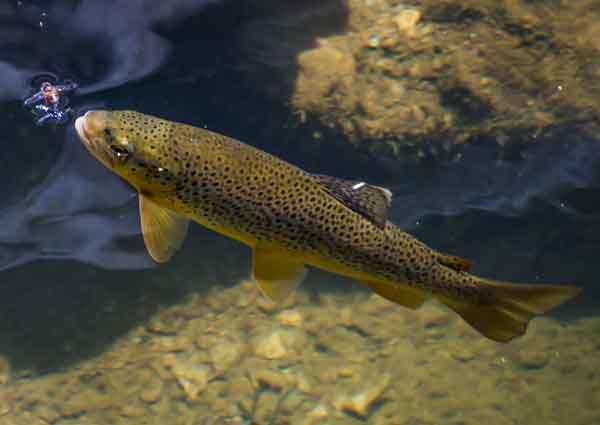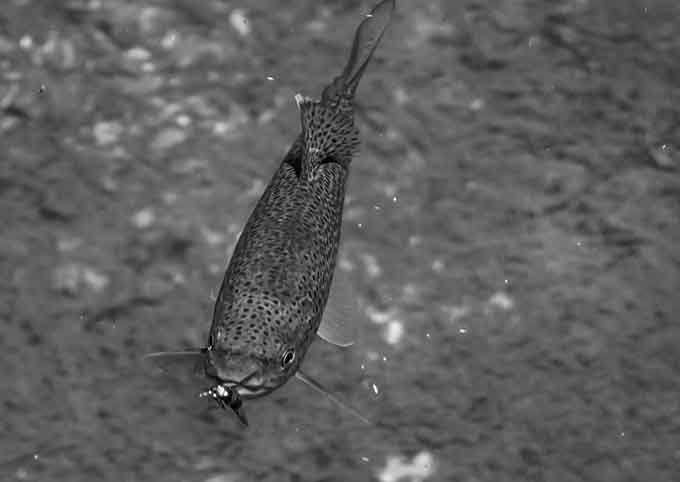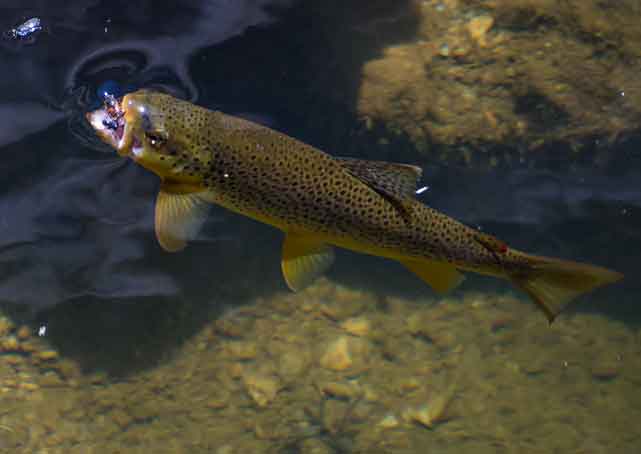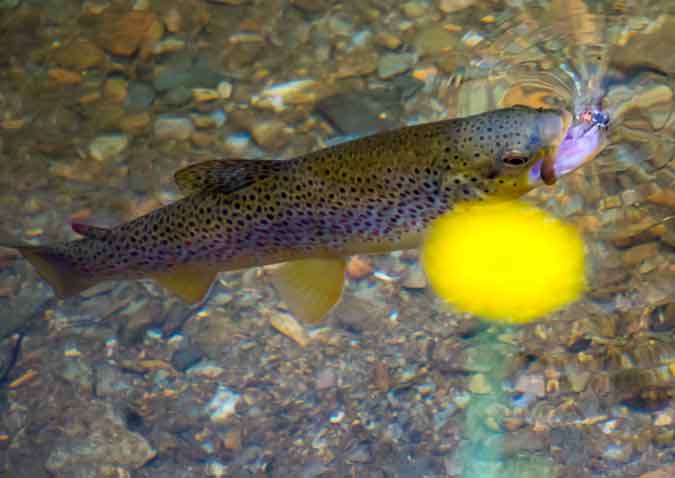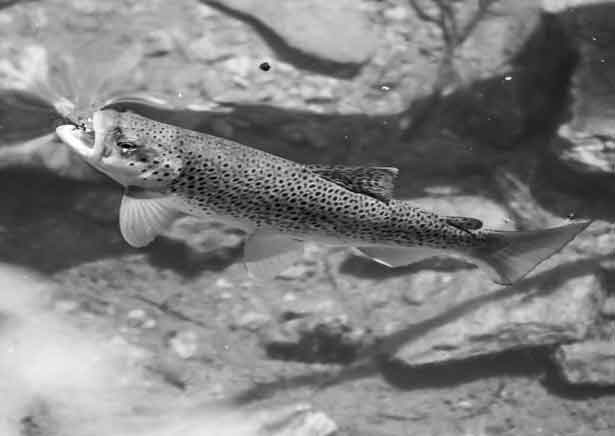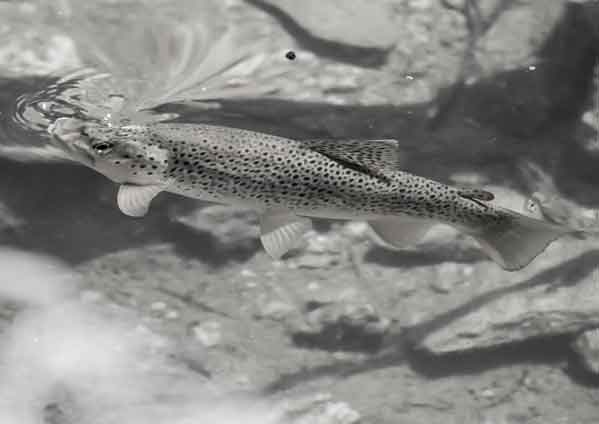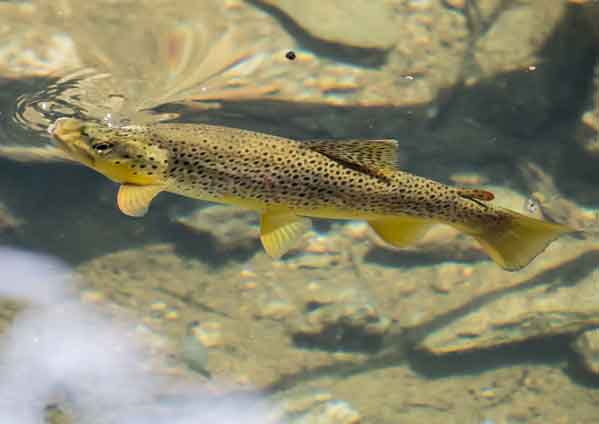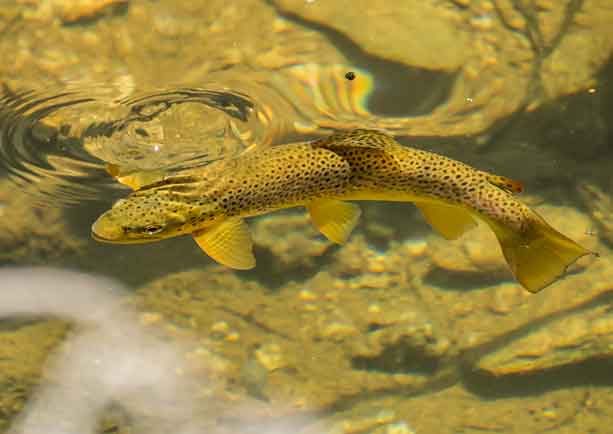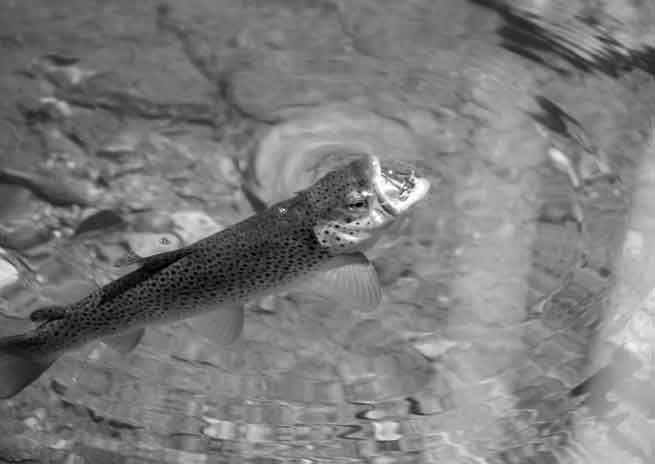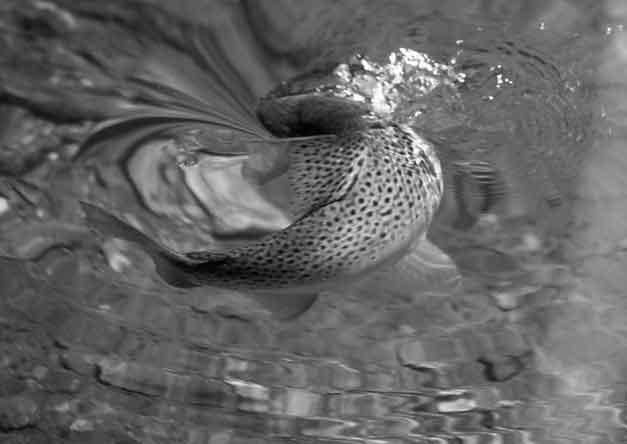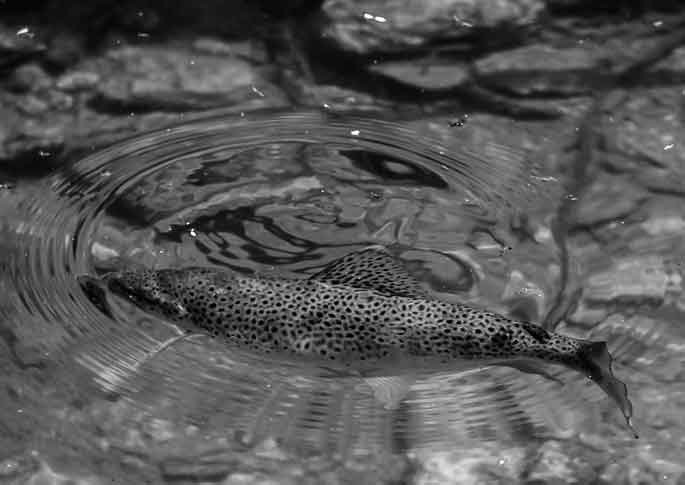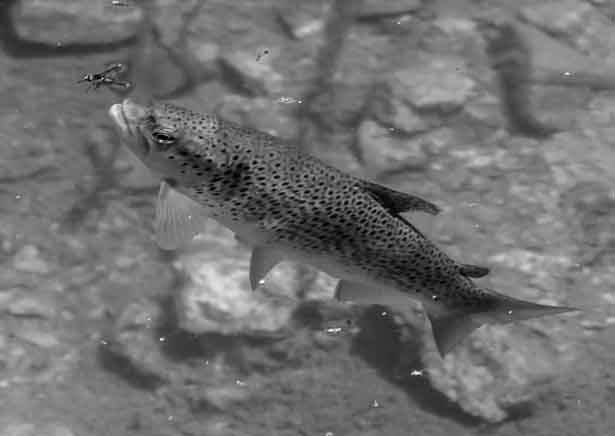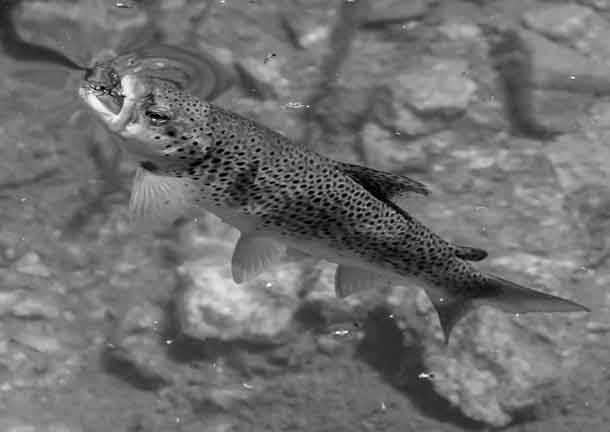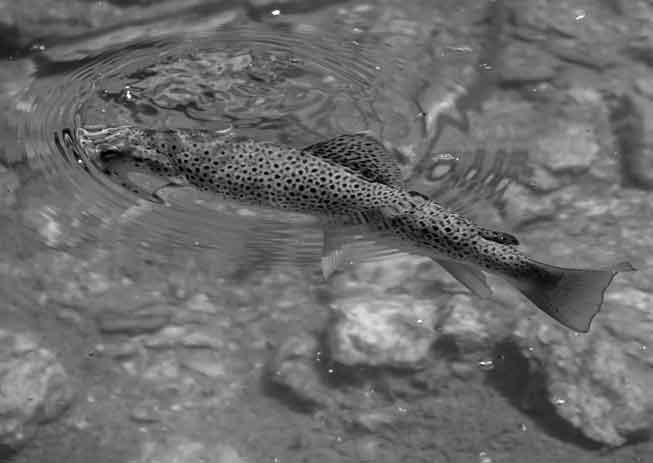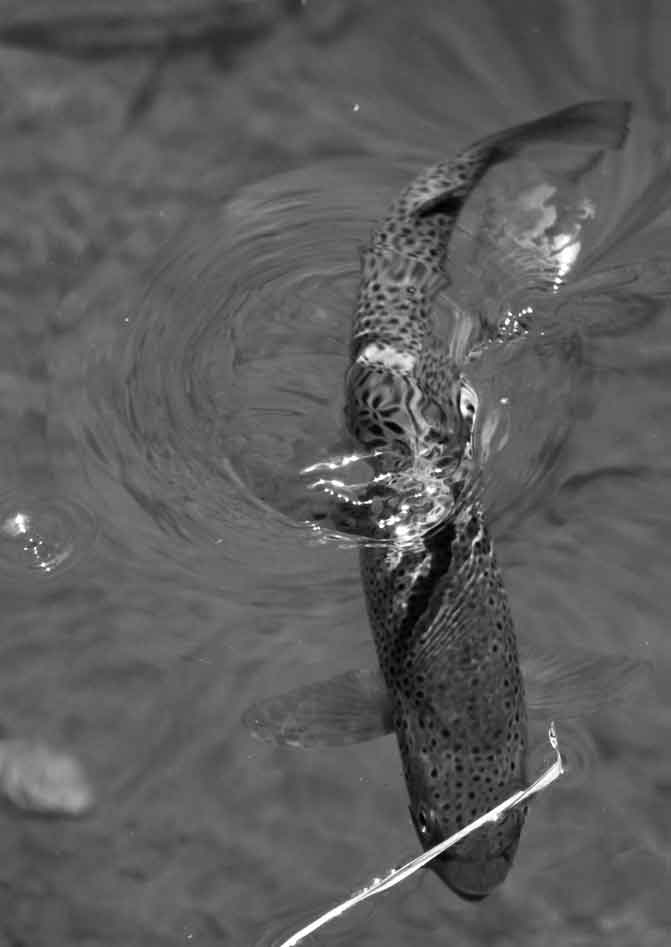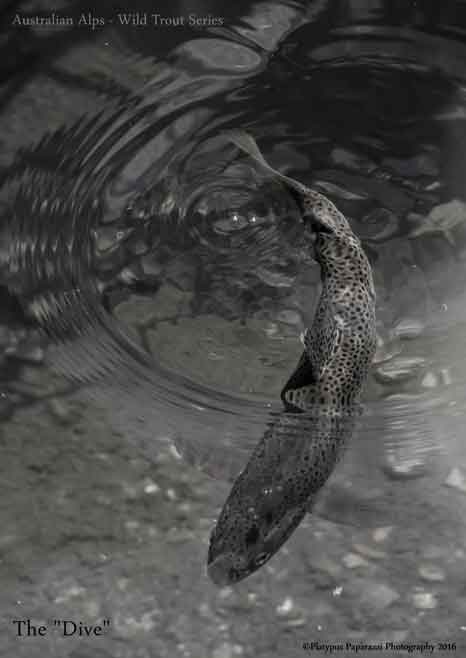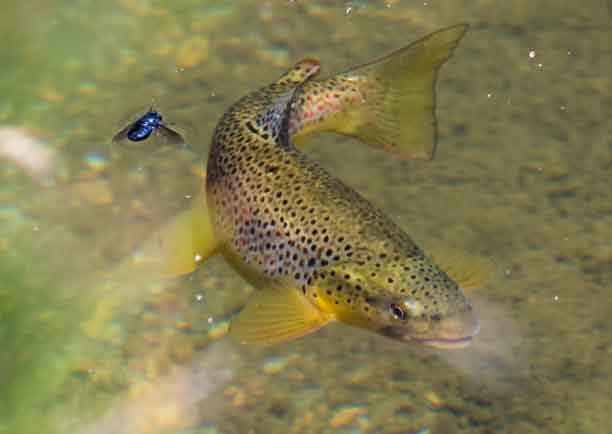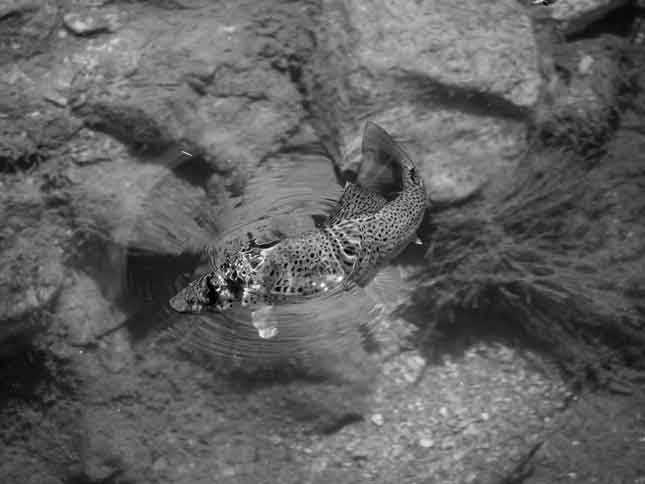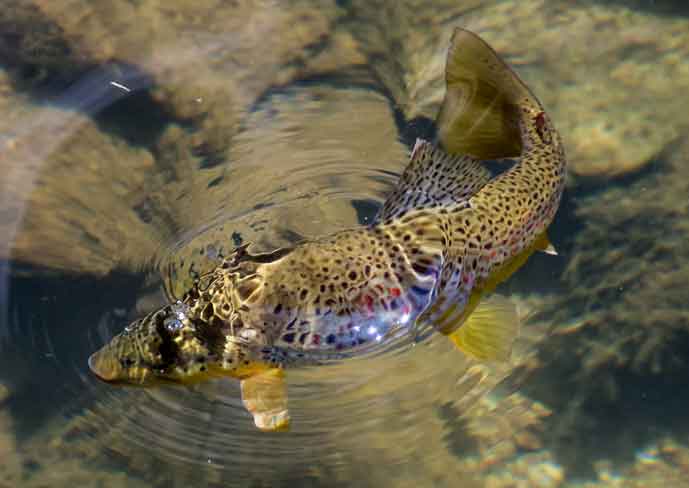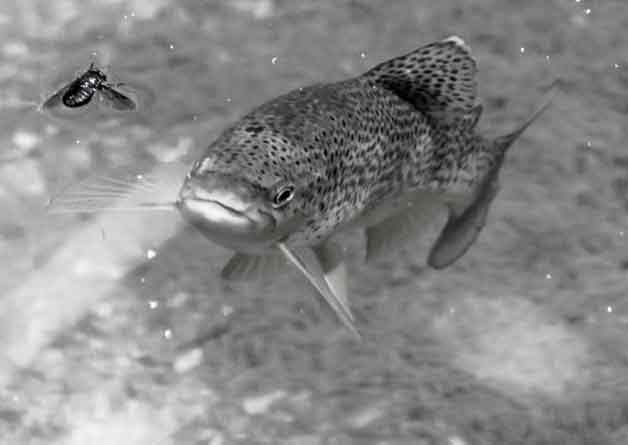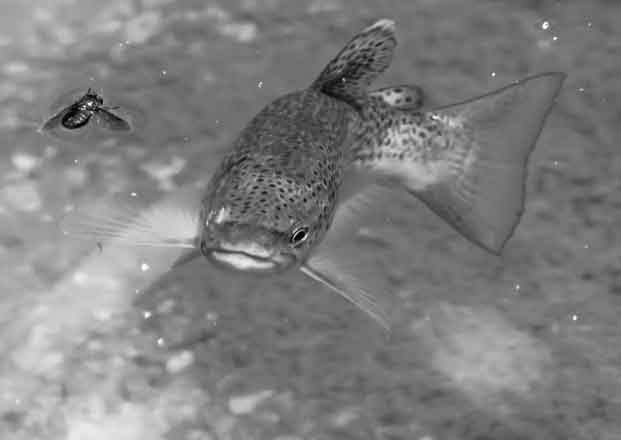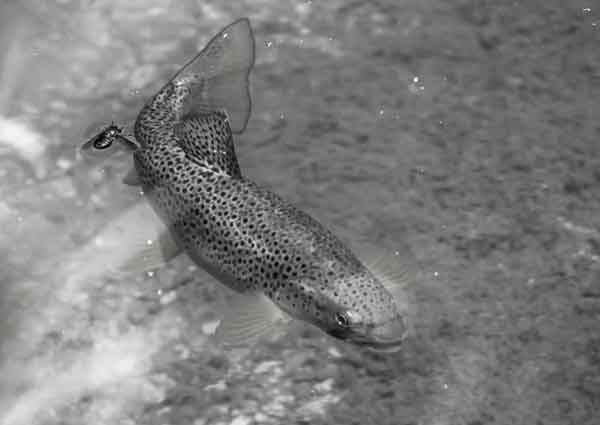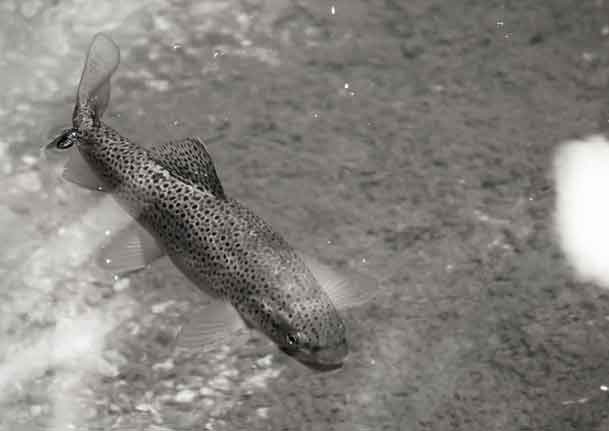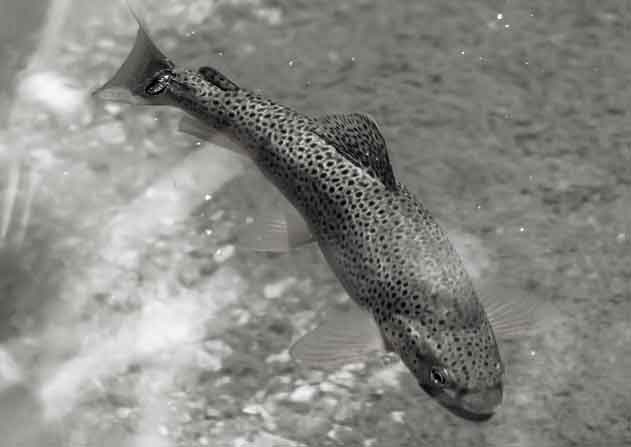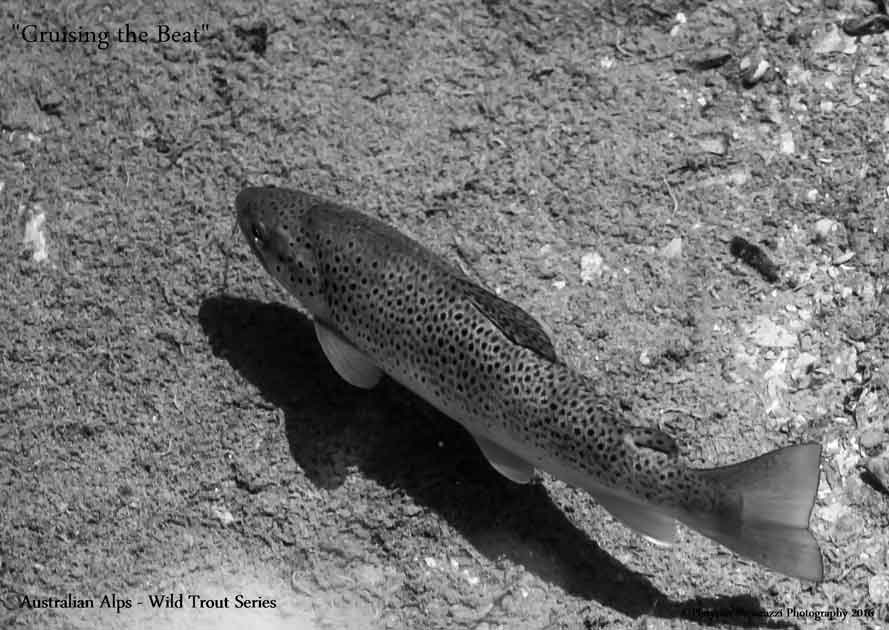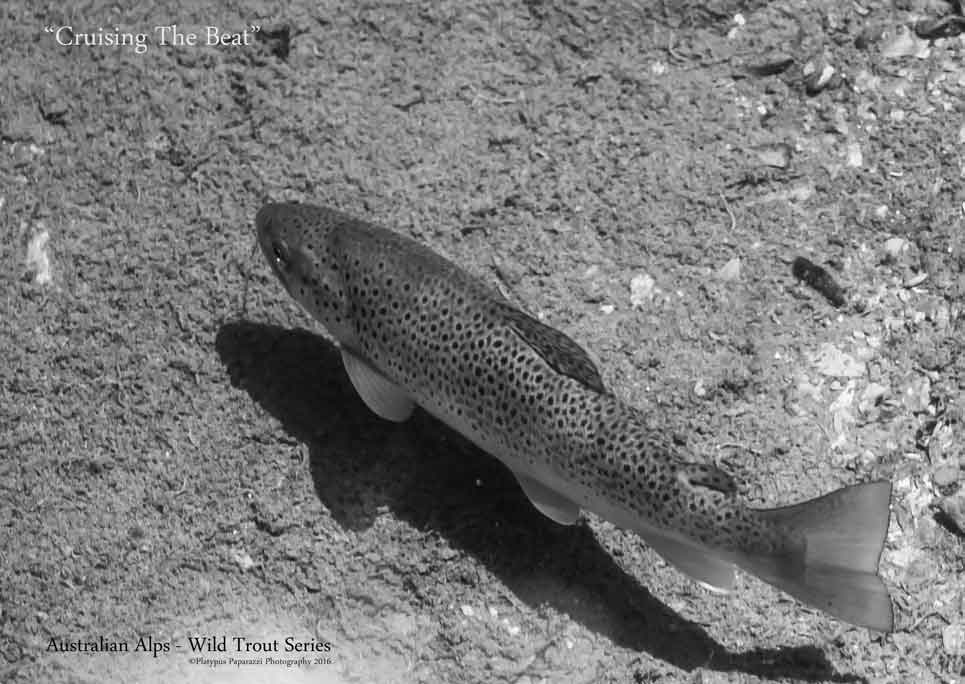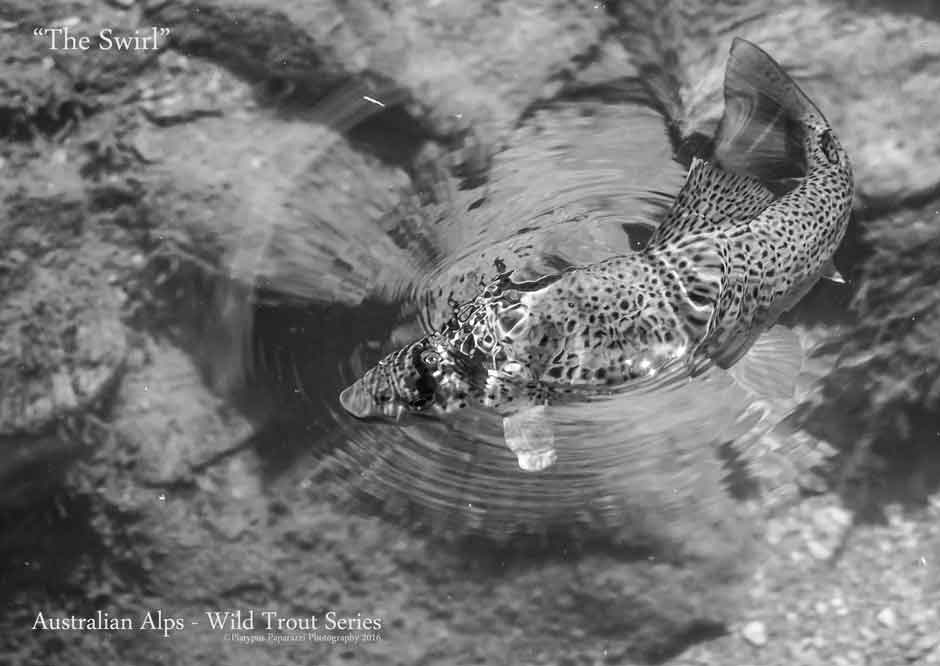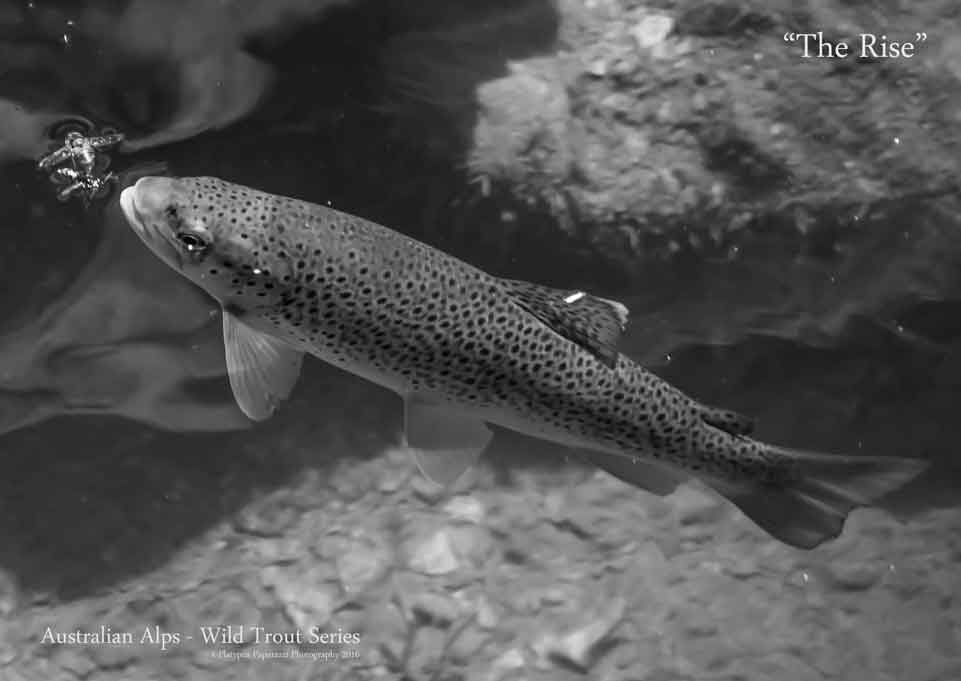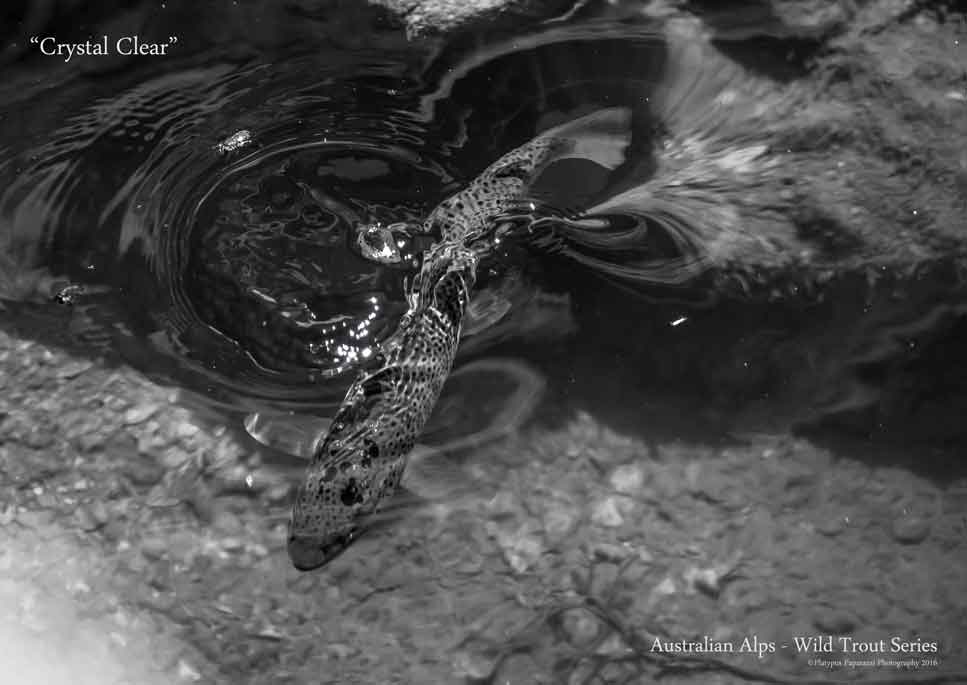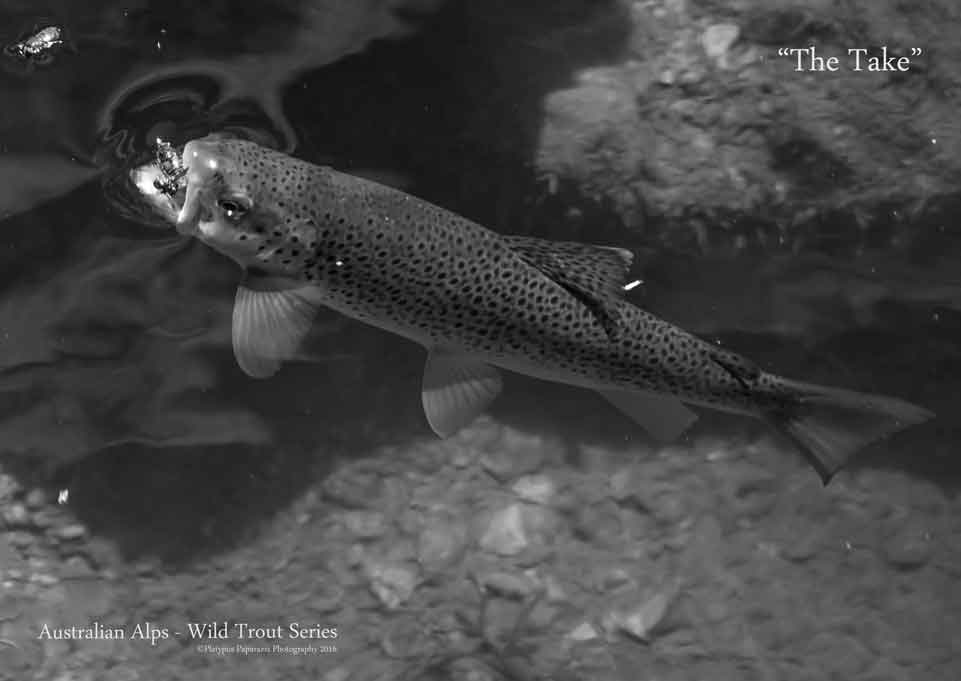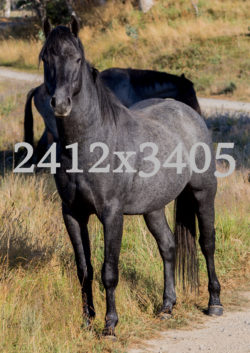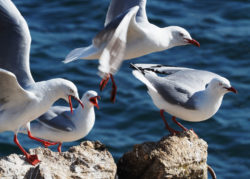Introduction :
So far this Project has enjoyed an easier beginning than Project 1. This is probably due to having completed Project 1 and I’m now feeling more comfortable with the whole developmental process.
Inspiration :
I’ll be completely honest. I haven’t really gone looking for inspiration on this project. I guess partly because I wanted to do something completely unique to my style and perhaps different from everyone else.
I do realise that to be different it’s important to know what others have already done, but I’m reasonably happy with the outcome of this project despite the lack of peer influence.
Having looked online for other similar photos since taking these images and with this particular series and theme in mind I haven’t come across anything remotely similar.
Project 2 – Theme Development
For project 2 I am continuing along the lines of my project 1 submissions, the fly fishing theme, but this time from the fishes perspective.
In mid January 2016, I spent photographing wild brown trout in crystal clear water in the Australia Alps, near Mount Kosciusko and have decided to run a Postcard series based on Wild Trout Feeding Behaviour relevant to Dry Fly Fishing.
Like Project one I am leaning towards a Monochrome approach.
I’ll run a few comparisons of the colour versus the monochromes here in the Digital Journal. But at the moment I’m quite taken with the B and W’s.
Wild Trout Feeding Behaviour :
“Cruising the Beat” – Feeding trout often swim along a set path backwards and forwards searching for food. The Fly Fisherman with Polaroid sunglasses can often see these fish and have an opportunity to present an artificial fly to them. This type of “Spotting” fish (refer to “Spotting” in Project 1), is called Polaroiding.
Although the fish depicted looks quite small in these images it was in fact around 35-40cm long and weighed around 300-400g, about two to three times the size of the freshwater trout you can buy from the delicatessen at Woolies.
This is quite a sizeable fish. The refraction of the water makes it appear smaller at the angle of the shoot. These fish have beautiful colours and I am seriously considering running the series in Colour instead of Monotone.
The Venue :

Fig.1 : Sunset at Three Mile Dam, Mount Selwyn.
The Fish :
The fish depicted in this series of images are all wild Brown Trout (Salmo Trutta). These fish are a freshwater salmonid species with origins in Europe.
They are predominantly an opportunistic carnivore. Their diet consists of both aquatic and terrestrial insect forms, crustaceans, earthworms and smaller fish when available.
Brown trout when mature have a beautiful golden background with speckles of brown spots spread across their dorsal surfaces and gorgeous red spots dotted along their lateral line. They are quite stunning fish to meet in the flesh.
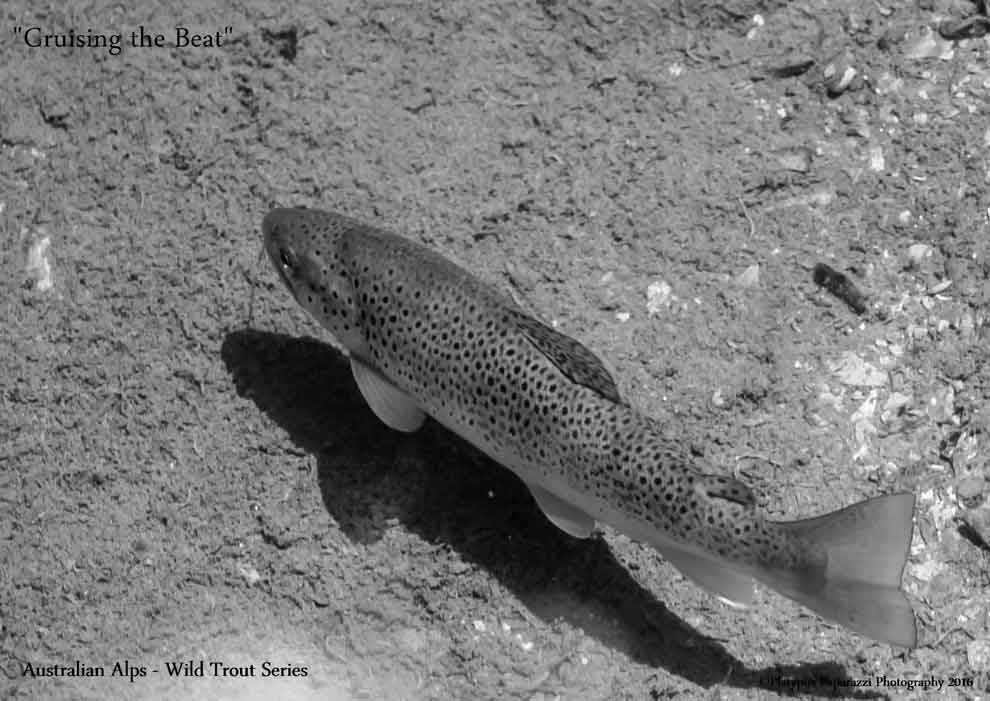
Image 1 : “Cruising the Beat” – Monochrome – ORF Edit – CCA. Feeding trout often swim along a set path backwards and forwards searching for food.
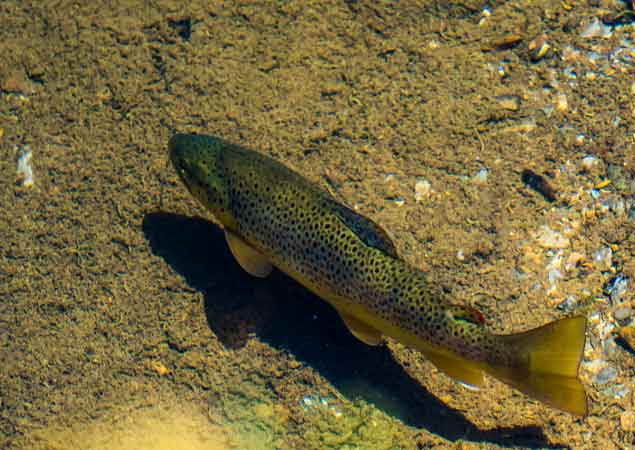
Image 1a : “Cruising the Beat” – Colour ORF Edit. Feeding trout often swim along a set path backwards and forwards searching for food.
Habitat :
This is the environment in which the photo shoot took place. The fish were trapped in pools in an intermittently flowing mountain stream. The pools were near crystal clear for most of the shoot with wind, fish activity and glare being the major barriers to obtaining clean shots.
Technique :
A circular polariser was necessary to cut down glare, which was an inpediment to fast shutter operation due to a reduction in the f-stop available. (This is a particular problem with micro-four thirds camera systems using relatively slow glass (ie. 1:4.:5.6).
Manual settings were used mostly with shutter speed set slightly slower than 1000 of a second and aperture with max opening at f-4. The result of this was a slight blurring of the images due to hand shake (these were all hand held shots) and fish motion.
Dry Fly Fishing :
Dry Fly Fishing involves presenting an imitation insect (A Fly) that floats on the waters surface to a prospective fish. If the fish is interested there are a number of events that take place, just as if they were hunting for live (or spent) insects on the waters surface.
Stage 1 : Inspection
When a fish spots an insect or is fooled into thinking the Imitation fly is something edible, they come to the surface for a closer look – The “Inspection”. (Image 1).
The fish shown in these images are eating real insects off the waters surface. There are no artificial fly’s being presented to them here.
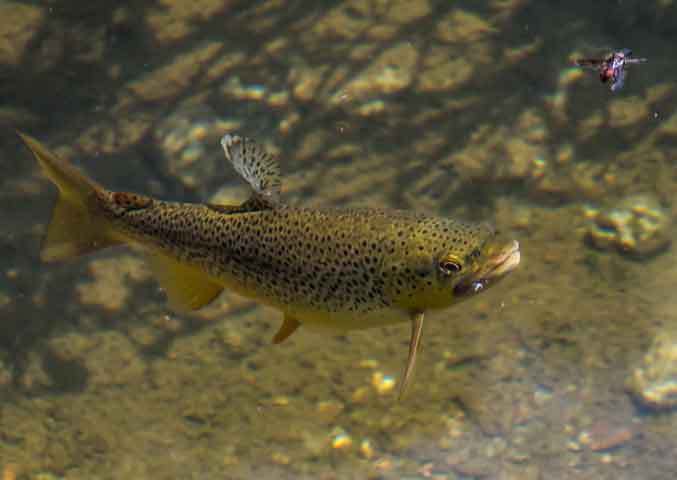
Image 3e : The-Inspection-Series-1-Colour-ORF-Edit-A6-Crop3

Image 3f : The-Inspection-Series-1-Mono-ORF-Edit-A6-Crop3
Crop Experiments :
Played around with a few different crops of this image. I really like this photo. The edit itself turned out quite well in my opinion. Will look at applying this edit to the other photos in this series. Have a DNG file saved for the Original ORF edit on every photo, so can go back and check the settings and manipulate the other ORFs where needed.
On deciding the fly is in fact worth persuing, the fish makes a commitment to risk coming to the waters surface, where they are in further danger from attack by predatory birds such as Cormorants. On approaching the fly the fish makes a subtle, but usually visible disturbance of the waters surface. This disturbance is what Fly Fisherman commonly refer to as The “Rise”.
Stage 3 : The Take
The “Take” (Image 3) is the moment the fish has made the commitment to take the fly in its mouth. At this point there is no going back for the fish until it reaches depth. As you will see in the images of this Journal, once the fish has taken the fly, it really can’t eject it before it descends back to the safety of somewhat deeper water.
These few moments are also do or die for the Fly Fisherman. If the Fisherman strikes to early or too late, or the fish inadvertently opens it mouth at any moment after taking the fly when the fisherman attempts to strike, the Fly can be pulled from the fishes mouth without the hook making contact and end up in the Fly Fisherman’s lap.
This is obviously good news for the fish and is an event that occurs all to regularly for the inexperienced fly fisherman much to their frustration !!!
Instead of an aggressive strike on the fly, the fish may gently sip the insect from the waters surface as is shown in Images 5c and 5d The “SIP”.
If you listen carefully sometimes an audible slurping noise can be heard when this occurs, but there is usually very little disturbance of the waters surface.
These “Takes” can be very hard to spot especially in slightly breezy conditions with some wave action or chop on the water.
The Take – Series
The images below are a frame by frame series of Takes and the moments following. On most occasions when the fish is confident in its find, it will snap its mouth hard down on the insect at the surface, turn and then swim down.
Throughout this period the fish has its mouth firmly shut. It is at this moment that if the fish has confidently taken the artificial fly that the Fly Fisherman must make his strike to set the hook firmly in the fishes mouth.
As you can see in the series of images above, the fish has made little disturbance of the waters surface. This is in stark contrast to the series below where the takes have been much more aggressive.
The images below including “A Ferocious Attack” show very confident strikes, with water bubbling at the surface as the fish savages the floating object.
Inspection – Rise – Take – Retreat Series
The following images represent frame by frame the Take process – from Inspection through to Descent.
Stage 4 : Descent
After “Taking” the fly, the fish usually retreats to deeper water where it can devour it’s meal in relative peace.
This “Retreat to Safety” in the initial moments after the “Take” make for some of the most exciting images when photographing fish.
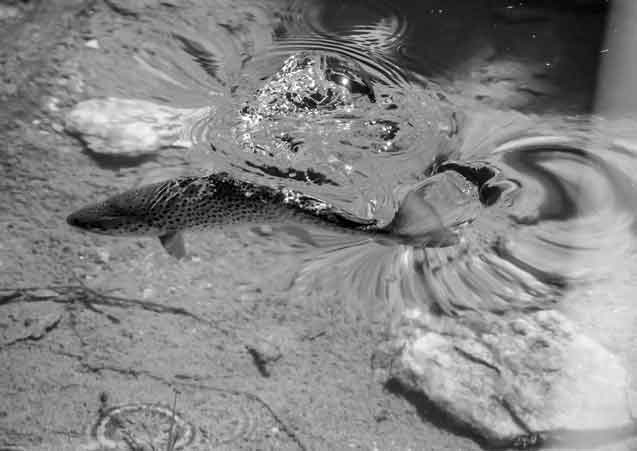
Image 9c : Dorsal-View-Series–Mono-ORF-Edit
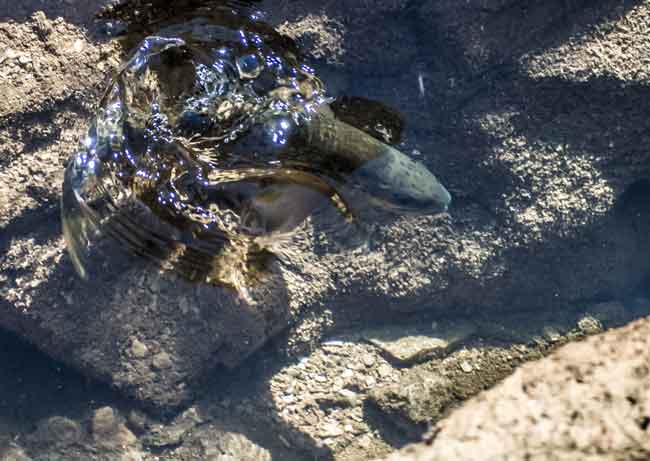
Image 9d : Trout-and-Fly–Original—Mono-ORF-Edit2-Cross-Colour-A6-Crop
The patterns left at the waters surface and the optical distortions that occur through the rippling effect of the water can be quite stunning as shown in Images 9e and 9f, The “Dive”.
The “Refusal”
There is another common event that occurs with fish that have had some adverse experience with artificial fly’s. That is they have either been hooked, and have got away or they have been caught by the fisherman and then released (Catch and Release Fisheries are prone to this event).
These fish are what are termed “Fly Shy” and are usually very difficult to catch.
Instead of the fish making the comittment to take the fly in it’s mouth, it decides to check for anomalies (probably the fishing line) by swimming, or swirling around the fly, without ever making contact with it.
Another approach is to nudge the fly with the tip of their snout, possibly gauging the physical nature of the surface floating object.
In all these cases the fish appears to the fishermen to have taken the fly and usually a strike ensures to no avail.
Technically this behaviour is termed a The “Refusal” or a false strike.
The “Refusal” shown in Images 10a and 10b, has occurred well before the fish even reached the fly. In this case it has rejected a real insect floating on the waters surface.
